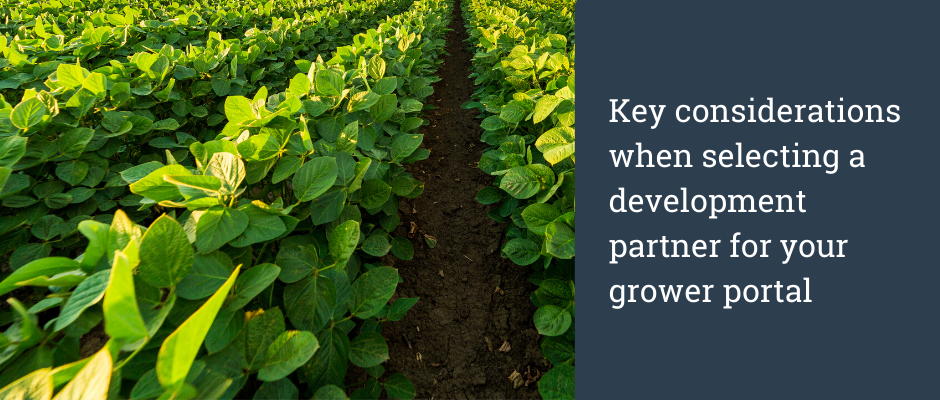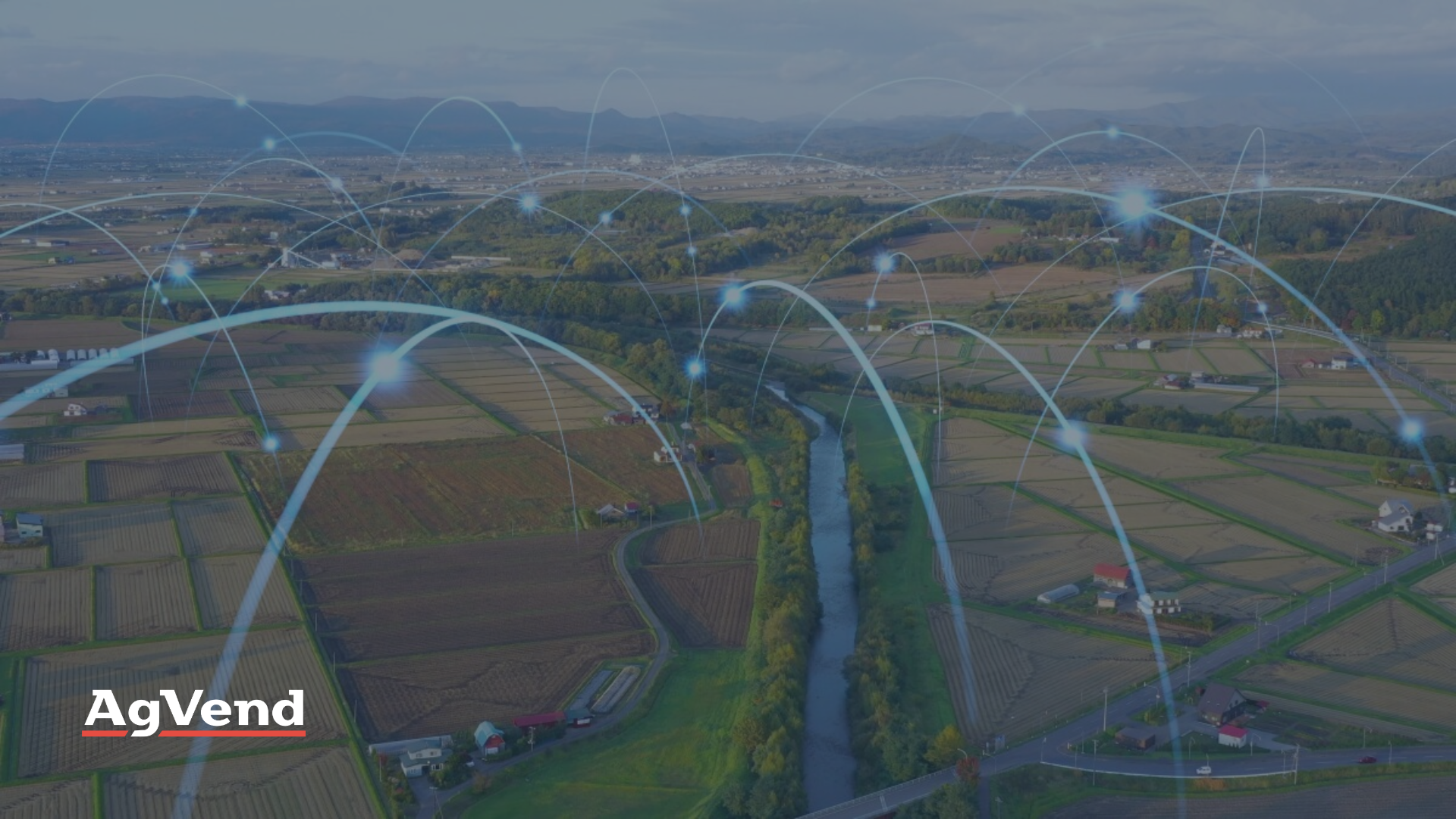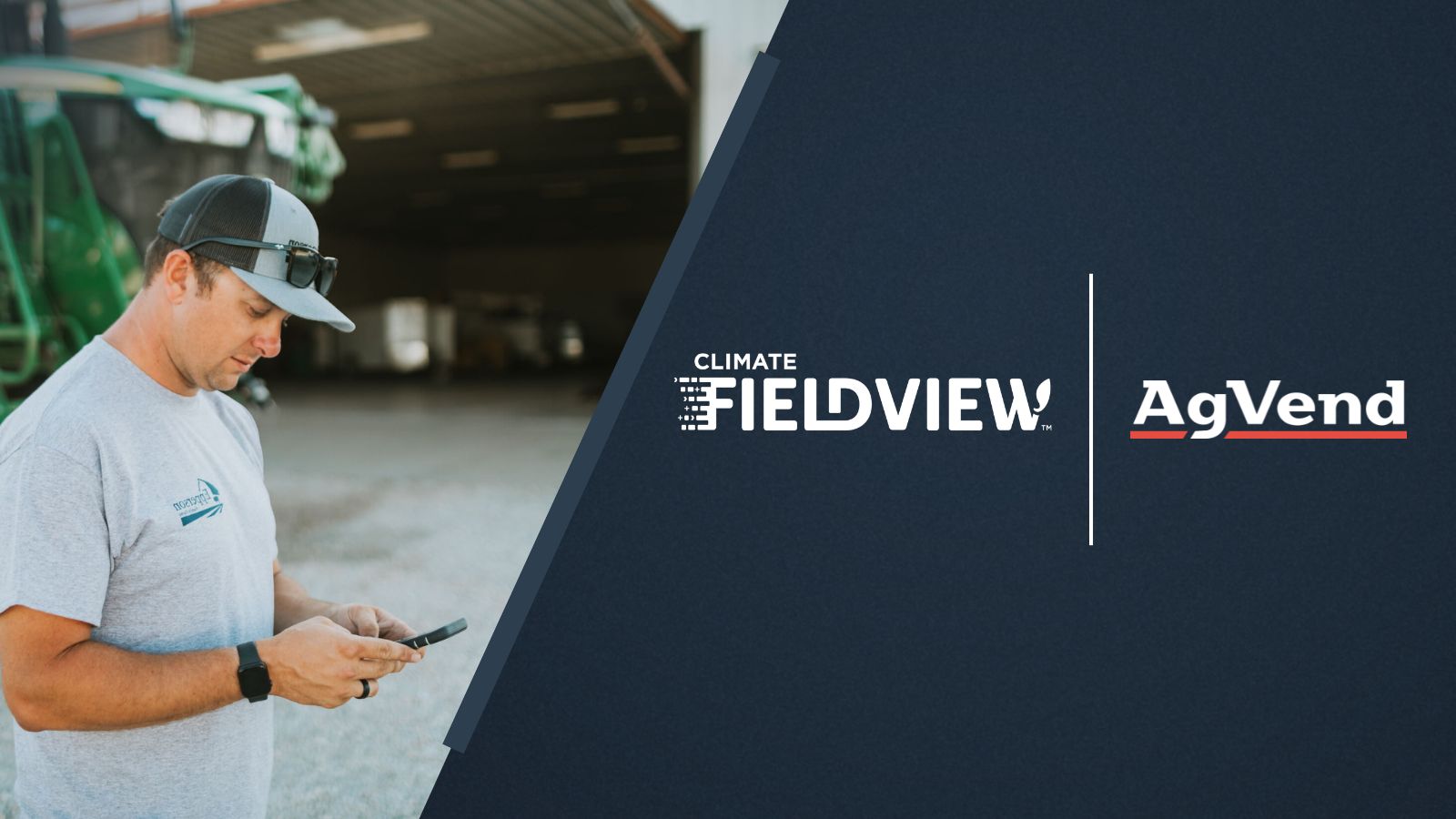
- January 9, 2020
Best-in-Class Technology is Table Stakes

Right now, we are in the early innings of a transformative moment in ag retail. This period will lay the groundwork for how business, and more importantly, the grower experience, will be fundamentally changed due to technology. The initial foray into ag eCommerce by industry newcomers assumed that growers wanted an “eCommerce-only” experience. It is clear now that this strategy appealed only to a minority segment of customers and traditional ag retailers are evolving their approach to embrace digital as a way to engage their core customers. These methods are being integrated into retailers’ go-to-market strategies in order to create an omnichannel experience for their customers.
As an ag retailer, you essentially have three options:
-
Build a digital solution internally (read more about that here)
-
Partner with a third-party technology provider to develop your online strategy
-
Ignore the evolution in the industry and the changing needs of your customers
We have seen many new players in the ag technology space offering different variations of platforms. There are SaaS companies, like AgVend or Bushel, who are built from the ground up to deliver specialized technology to their customers, which are primarily ag retailers and grain elevators. Other companies like Winfield, whose core competency lies outside of developing technology, are now offering digital tools to their retailers. Then there are companies like Proagrica who are attempting to retrofit a professional service model to a modern SaaS strategy to provide a hybrid solution for their customers. Each approach has different pros and cons, below we outline the key considerations to help you navigate the process of choosing which partner is best for your organization.
“Best-in-class technology” is now table stakes, essential to entering the game. But what does that even mean?
It means that your customers have high expectations when it comes to the user experience. Modern growers are adopting digital consumer-focused technology (Amazon, QuickBooks, etc) at a high rate, and expect their ag retail partners to offer similar tools to help them run their operations. To be successful, your solution must be optimized for mobile, effortless to log into, seamlessly integrated into your ERP, supportive of APIs, adaptable to your customers’ needs, and on a disciplined timeline.
That’s a lot, we know. Let’s break it down:
Mobile-friendly
Our statistics show that more than 65% of users access our AgVend-powered Grower Portals from a mobile device. We expect this number to rise as mobile apps become the standard, not the exception. As you start implementing your strategy, you must have a branded app that can be downloaded from the Apple app and the Google Play store right from the beginning. If you don’t have an app, at the very least your site must be optimized for use on mobile browsers. Because a comprehensive digital strategy should not only provide a positive customer experience but also create efficiencies for your organization, we suggest that your app includes internal functionality for your team.
Effortless to access
The days of passwords on sticky notes are over. Don’t make your customers dig through their desks or have to remember any more login credentials. If your portal is difficult to get into, your customers won’t use it. Leverage some of the native features of today’s smartphones. For example, Nutrien’s app uses face ID for login, and at AgVend we use a standard text message login flow to reduce friction.
Seamless ERP integration
A solution’s integration into your back-office ERP (Enterprise Resource Planning) system is essential to ensuring a seamless experience for your team and your customers. This is especially important if you are aiming to achieve a true omnichannel experience. Given the ways that systems can talk to each other now through APIs (Application Programming Interfaces), don’t be discouraged if your ERP is not currently supported – just make sure that your partner understands your system and can provide a timeline for this integration. Choosing a partner with enterprise-level integration expertise is key here. These extra integrations should not be seen as an opportunity to nickel and dime your business.
Can support APIs
One size does not fit all when it comes to digital solutions. You may have use cases that are specific to your customers. For example, you could want to add access to a financing option that is not currently included functionality. APIs give you the option to build these new features on top of your platform and customize your tool for your growers.
An adaptable product roadmap
Part of the value proposition of working with a technology partner is their knowledge and expertise in customer research. Your partner should be consistently speaking to your growers to better understand their needs so that your business can stay ahead of them. New updates, bug fixes, and feature enhancements should be rolled out on a weekly or bi-weekly basis.
On a disciplined timeline
Timelines for new products and features should be set and hit consistently. Missing deadlines will hurt your credibility with your growers and internal users. When your digital tool is compared to a competitor’s solution, your customers will hold your business accountable for their experience, not your technology partner.
What truly differentiates partners?
So if best in class technology is table stakes, what else truly differentiates development partners? When evaluating your options, be sure to ask them questions around what happens after the contract is signed. Onboarding, education, and ongoing development for both your team and your customers are crucial when launching a portal for your organization. A good partner will provide you with not just the technology, but the support that is necessary for your digital solution to be successful. What does this look like?
Onboarding
A good onboarding process recognizes that there are many groups within your organization that must be included. From agronomists to controllers and beyond, getting the right people in the room from the start is crucial. The most important thing in onboarding, however, has little to do with implementing the technology, it is explaining the “why” to all team members.
The number one indicator of success is when the company, not just the key stakeholders, understands the need for implementing a grower portal. In the long run, a digital solution will save time, energy, and stress for all members of your team and your customers. Your team needs to know that this is the end goal and see a path to get there.
Education
Beyond expressing the “why”, educating your internal team on how to use this tool is the second most important task in rolling out a digital strategy. This goes beyond simply getting your team comfortable with how the grower will be using the tool. Rather, it involves showing team members the value of how this will make them more efficient in their roles and help strengthen their relationships with their customers. Grower education is also a big part of this. The hope is that well-designed technology will not need too much explaining, and if it does, growers won’t use it. With that said, in-person training sessions can be very helpful to accelerate your customers’ comfort level with the platform.
Ongoing Development
As discussed in the technology section, your portal should not be static. It should be ever-evolving in order to meet the changing needs of your growers. Because of this, education and development should not cease following the launch. It will be crucial to keep your team up to date with new developments and ensure that your growers know how to maximize the value of new features.
Marketing Support
Some technology partners offer marketing tools, but success comes in knowing how to best leverage these tools for your customers. Make sure your development partner has the necessary resources for you to learn how to be most effective when marketing to your growers.
While best-in-class technology is table stakes to entering the digital arena, ongoing support from your technology partner is what will keep your business ahead in the long run. For retailers going through the process of determining a technology partner, we hope you find these considerations to be helpful. If you have further questions or want to chat through your process, we are always open to connecting. Send us a note here or give us a ring at (877) 575-3575.
—
AgVend powers the omnichannel experience in agriculture. We provide ag retailers with white-labeled information, engagement, and commerce portals. Our suite of products is designed to strengthen the relationship between ag retailers and their grower customers. The AgVend team is comprised of individuals with backgrounds in agriculture, digital marketing, and omnichannel retail, and operates from dual locations in Minnesota and California.


